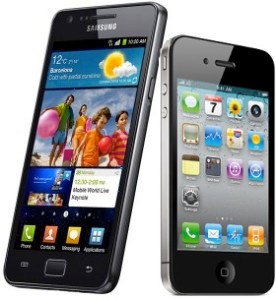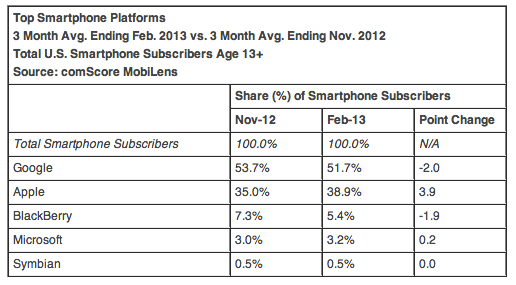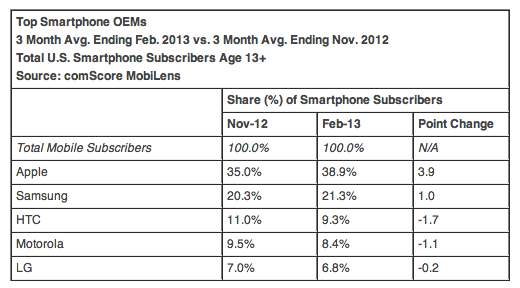Reviews of the long-awaited Razer Edge Pro are trickling in today as the Intel-powered gaming tablet is set to launch this weekend. Overall the slate is billed as a very capable portable device but according to at least a few publications, it’s not without some shortcomings.
CNET concluded that the Edge signals a strategy shift away from traditional PC gaming to an increasingly portable consumer computer landscape. It’s still a niche product but the publication likened it to a Swiss Army Knife of mobile PC gaming. The high price and limited specs, however, might make consumers question whether or not it’s the right fit for them but the team was impressed nevertheless.

PCMag essentially echoed those sentiments as they raved over the innovative design, powerful internal components and the flexibility to allow users to play anywhere. The device still can’t match a standard gaming laptop in terms of price and performance but overall they found it to be a rare device that reimagines what the PC experience should be, delivering something that’s not just different, but better.
Maximum PC, on the other hand, wasn’t quite as fond of Razer’s new gaming tablet. They noted that it sounded good on paper but in actual use, the Edge is a letdown. To put it bluntly, they called it a compromised monstrosity. So what went wrong?

For starters, they said the Edge is thick and heavy for a tablet which means you’ll ultimately end up resting it on your body for support. Maximum PC also cited the controller peripheral as too heavy and expensive to be a game changer but their biggest issue is the fact that it lacks a physical keyboard. They said Windows 8 might be better with touch but it sucks with only touch. Finally, the team had problems connecting to certain Wi-Fi networks.
The most powerful windows tablet around goes on sale March 30 starting at $999 for the base model and $1,299 for the Pro.




















